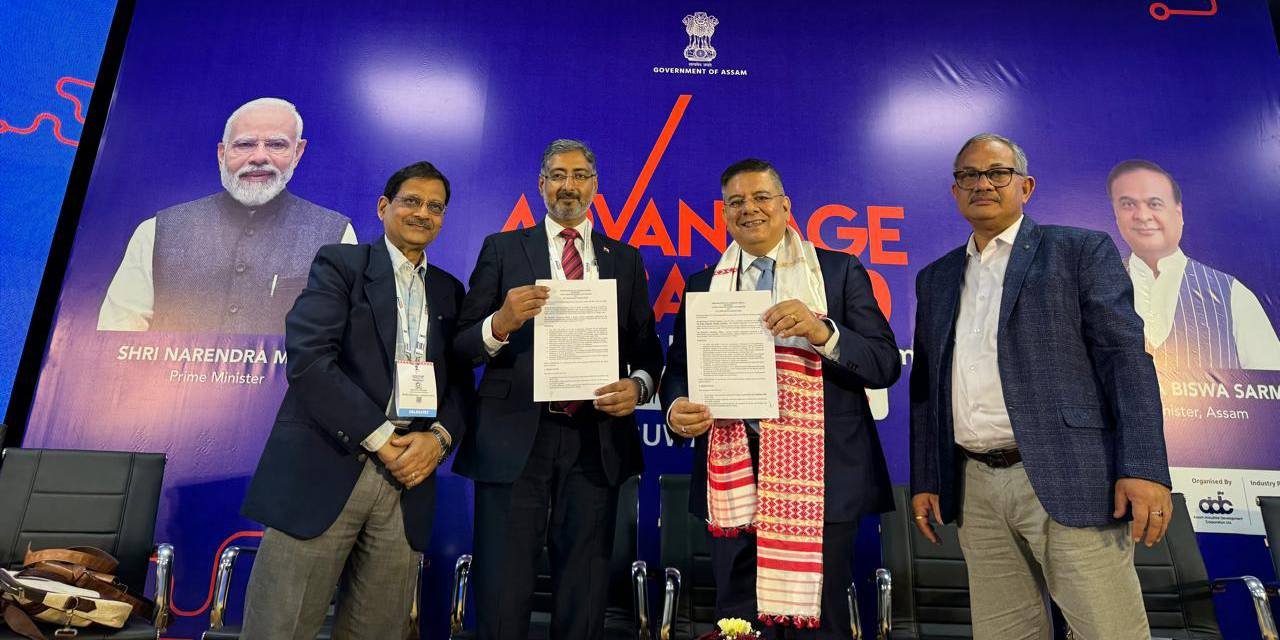Per-capita daily calorie intake increased across Asia, due to growing food imports and boom in Asia’s processed food industry. The need to switch from ‘more’ food to ‘better’ food will be the tenet for the coming years – a report.
Cargill along with Economist Intelligence Unit (EIU) released a report titled ‘Food for Thought’, as part of a five-part research series. This report highlights two sides of Asia’s nutritional arc through examining dietary changes across the region and summarizing it in six megatrends – Quality not Quantity, Urbanisation and Income, Obesity & Micro Nutrients, Diverging Outcomes, Low Nutritional Awareness and Advertising and Social Media, that are driving these trends.
Quality not Quantity
The need to switch from ‘more’ food to ‘better’ food will be the tenet for the coming years. An increase in the per capita income and calorie intake graph shows a significant growth in the quantity of food consumed, with most countries consuming more than 2,500 calories per capita daily. As a result, growth in calorie intake is moderating, the composition of diets is changing quickly with the growing consumption of protein, especially meat and fish. Asia’s processed food sector has experienced a 4% growth in 2017, highlighting the increase in consumption of processed food as it is more convenient for the consumers and does not bereave nutritional requirements.
Urbanization and income rise lead to a significant nutritional shift
The rapid increase in people moving to urban areas with Delhi and Mumbai pegged to be in the top populated cities by 2030 with a population of 36.1 million and 27.8 million respectively. This along with rise in income amongst consumers has resulted in growing consumer spending, especially on food.
Urbanisation and income growth work together to fuel the nutritive change creating sufficient scale economies, driving fast food outlets and supermarkets to build chains. It is also believed to encourage less active lifestyles and greater consumption of convenience food.
Obesity and Micronutrients
Increase in energy density and lower quality of diets: Urbanisation has a direct correlation with obesity. Diets deteriorate during migration to cities, thereby, confirming that nutritional changes occur as people move to urban areas. People in less-developed countries with lower Gross National Income (GNI) per capita are more vulnerable to the negative health consequences of urbanisation. This puts India in a tough spot as despite being the 6th largest economy, it still has a lower GNI per capita as compared to other countries in Asia. However, India has the 4th least obese people in Asia taking BMI as the index for the study with obesity affecting women more than men. Whilst the calorie intake is increasing, the quality of the diet is not. This leads to micronutrient deficiency or “hidden hunger” – people are both overweight or appear healthy but are missing vital nutrients, creating one of the more worrying trends in the region.
Diverging Nutritional Outcomes
Unequal nutritional outcomes stems from Asia’s growing inequality: Despite significant GDP growth across the region, undernutrition is still a key concern in Asia, even as obesity grows. India is the most egregious example of a fast-growing economy with highly unequal nutritional outcomes. Structural gender inequality also shapes divergent nutritional outcomes – Female children are more malnourished than male children here. In this context, Cargill’s oils business in India has a corporate responsibility program – Gemini Badhte Kadam, which works with school children to raise nutritional awareness amongst the girl child and works towards bringing nutritional equality between genders. Lower levels of education and literacy among mothers also affect nutritional outcomes. The nutrition–inequality nexus does not only express itself in undernutrition.
Poor are also vulnerable to over-nutrition, with overweight and obesity increasing among segments of the urban-dwelling poor.
Awareness about both undernutrition and over-nutrition, varies greatly by country and income level and is especially low in the region. There is a need for greater consumer education across the board.
The intensity of food advertising in Asia is growing however regulators are increasingly stepping in. Food safety authorities including India, Taiwan, Singapore and South Korea have stepped in to restrict and restrain some types of advertising.
Social media will undoubtedly become a key form of communication between consumers and stakeholders in the food industry. Growing social media prominence will provide opportunities for companies in the food industry, but it is also likely to spur efforts to closely monitor and regulate this space.
However, there are opportunities for stakeholders to address the above trends. Food fortification and reformulation will remain powerful tools for tackling undernutrition as the former is an efficient and cost-effective way to reduce obesogenic ingredients. More focus is needed on affordable and quality food in urban environments. In conclusion, efforts that promote the most fundamental aspects of human health, nutrition and hygiene, should undoubtedly be a priority.
Commenting on the EIU report Mr. Piyush Patnaik, Managing Director, Cargill’s oils business in India said, “With growing income and urbanisation, nutritional inequalities are also on the rise. In order to tackle this effectively, companies, governments, NGOs and other world organizations should look at working with each other – the goal being to make health a key priority.
Being pioneers in the initiative of fortification and working in line with the organisational goal of nourishing the world, it is our responsibility to work towards supporting the food industry and ensuring good health for everyone, across the region.”
About the Research
In October 2017 the EIU conducted a survey on Asia’s food systems, commissioned by Cargill. The 400 respondents were business leaders in Asia’s food industry, located in China, India, Indonesia, Malaysia, the Philippines, Singapore and Thailand. The research was complemented with primary research, including interviews with four regional experts.
Should you want to read the white paper, you’ll find that here – Food For Thought
More information can be found at www.eiu.com or www.twitter.com/theeiu














